Cover Crops
All Cover Crops Content

A Ban or New Rules for Chlorpyifos May Be Coming Soon
Recently, a federal appeals court gave the U.S. Environmental Protection Agency a 60-day deadline to either ban insecticides containing chlorpyrifos or set new guidelines for its use.
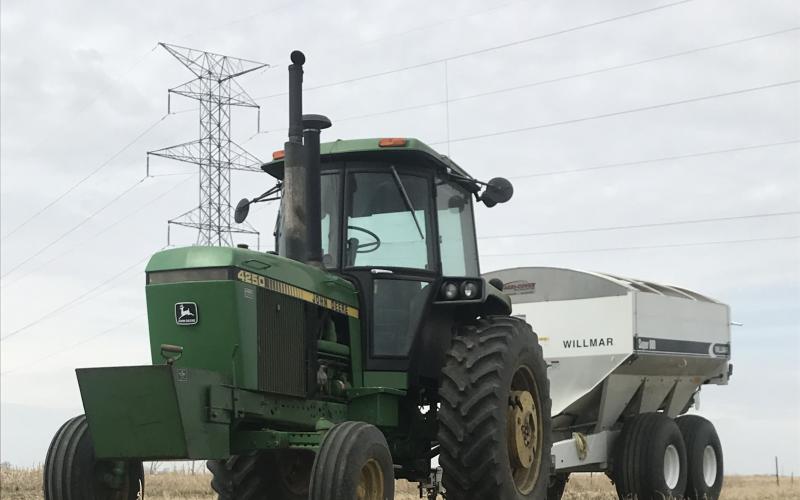
SDSU Extension February Crop Hour Series to Conclude with Focus on Forages
February 10, 2021
Forages are the foundation to many livestock feeding systems, providing nutrients, energy, protein, digestibility, fiber, minerals, vitamins and more.
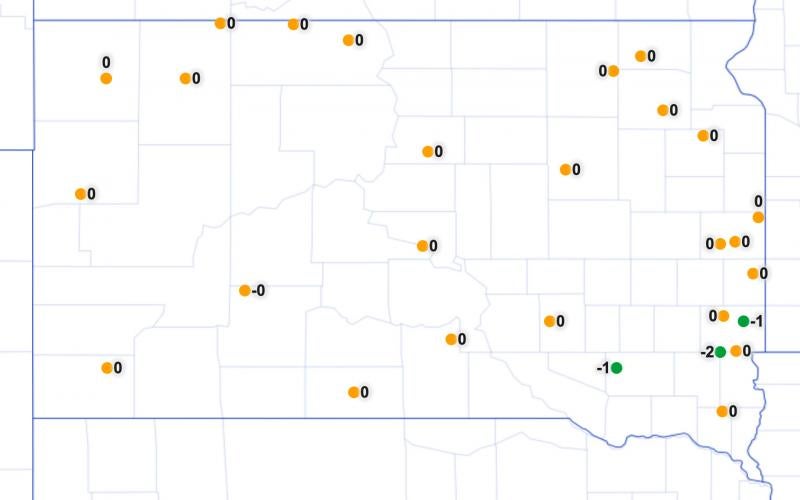
Use the SD Spray Tool for Inversion Detection and Weather for Pesticide Application
The SD Mesonet Spray Tool provides real-time weather data for pesticide applicators. This dedicated website for pesticide applicators uses the SD Mesonet weather data, which is updated every five minutes.
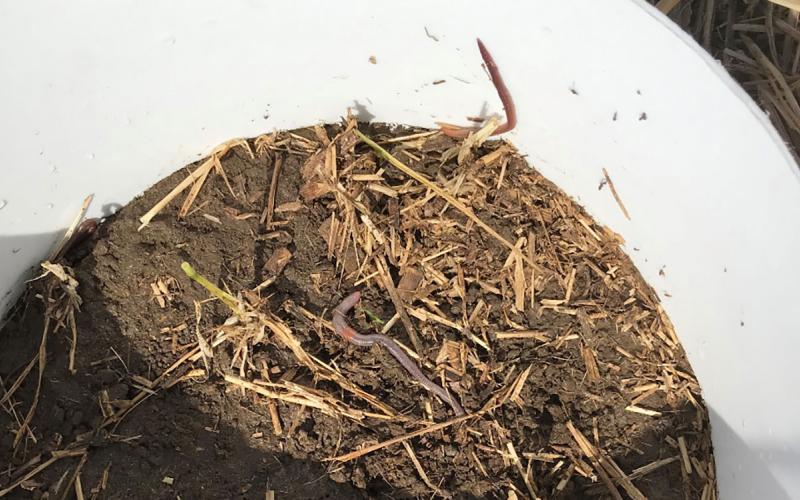
How’s Life in the Soil? Ask (Count) the Earthworms.
Earthworms are ‘very special’ creatures on earth, and their contribution in soil nutrient cycling and fertility management has been acknowledged from the beginning of agriculture. So, the question needs to be asked, how can we help improve earthworm populations?
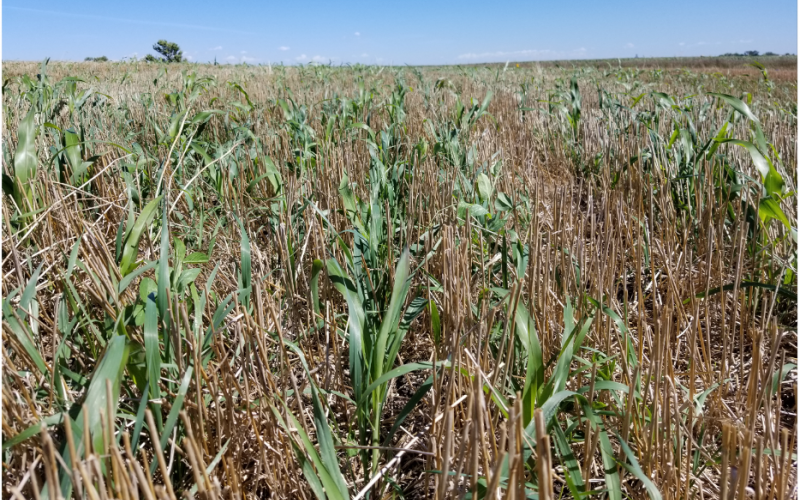
Online Cover Crop Decision Tool Now Available
September 10, 2020
As interest in cover crops has grown significantly among crop and livestock producers in the region, species selection and establishment times have remained a major topic.
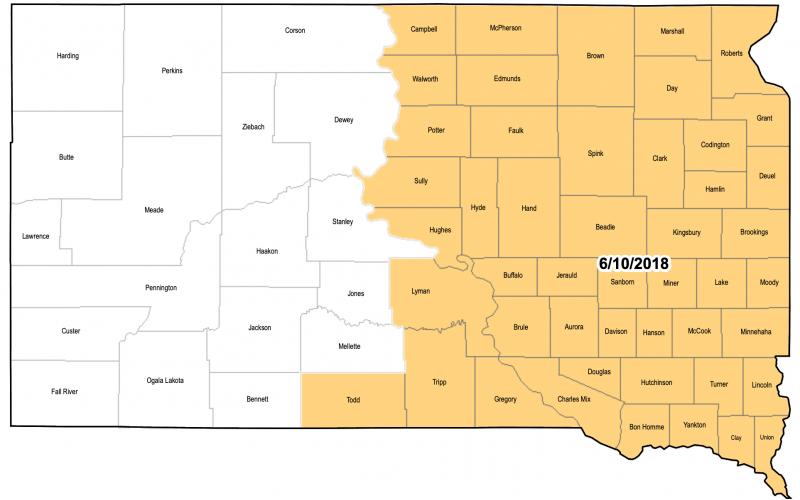
Multi-Peril Crop Insurance: Delayed and Prevent Plant Choices
Crop insurance late plant dates are fast approaching for planting crops in South Dakota. The weather and soil conditions this spring will likely lead to some prevent plant situations for farm producers.
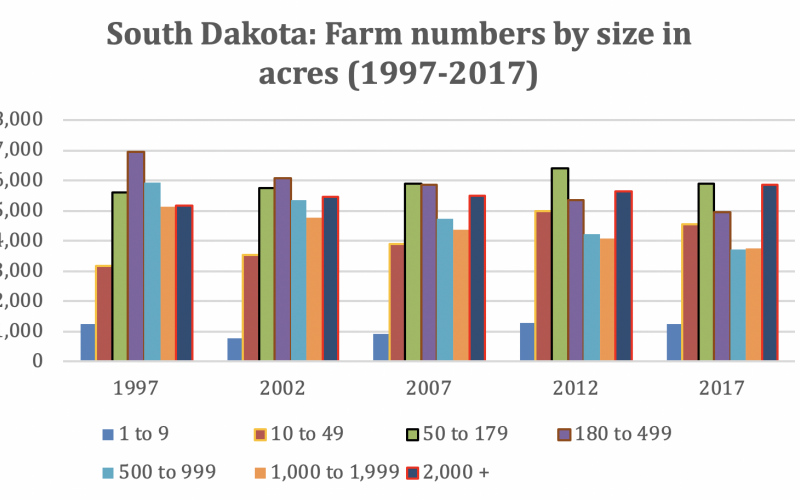
Farm Size in South Dakota: Where Are We Heading?
Agriculture is going through some difficult times not only in the United States, but globally as well. Aside from some short-lived price hikes for different products, the overall trend has been to higher costs of production and lower output prices.
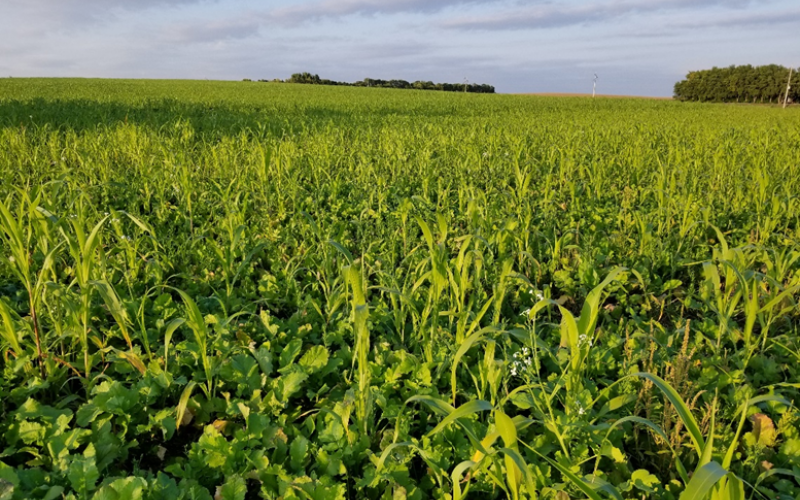
South Dakota Land Use Trends (2012-2017)
Significant education efforts for natural resource conservation have occurred in South Dakota during the last five years. Many stakeholder groups have brought awareness for soil health and water quality to the forefront.
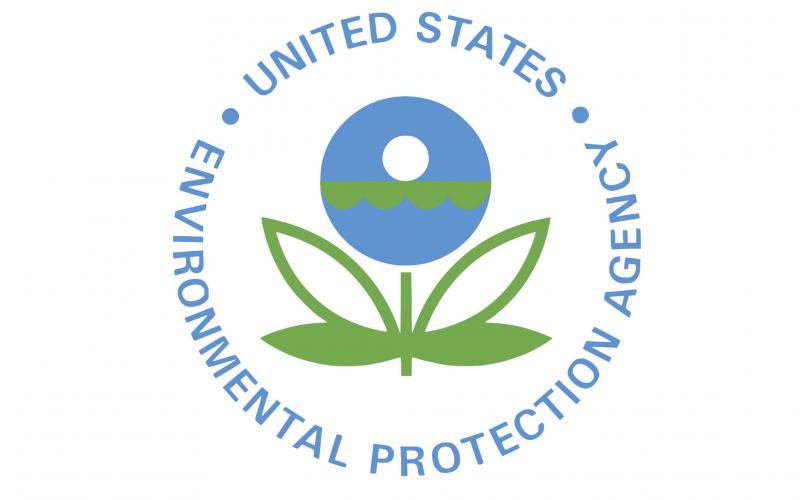
Cancellation of Several Neonicotinoids
On May 20, 2019, the United States Environmental Protection Agency announced the cancellation of registrations for 12 products that contain neonicotinoid insecticides. The cancellation of the product registrations was voluntarily requested by the companies that had registered the products.
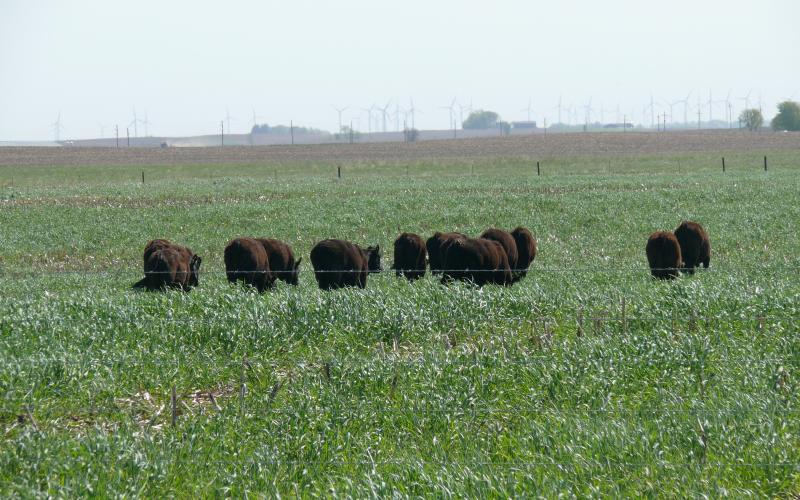
Cover Crops & Livestock Integration: A Profit Opportunity for S.D. Farms
Cover crops have been gaining a reemerging acceptance over the last decade, with very few producers disagreeing about the potential soil health benefits of adding cover crops to their farming operation.